8 Types of Popular Plating Techniques Aspiring Chefs Can Learn During Their Free Time
LE CORDON BLEU MALAYSIA
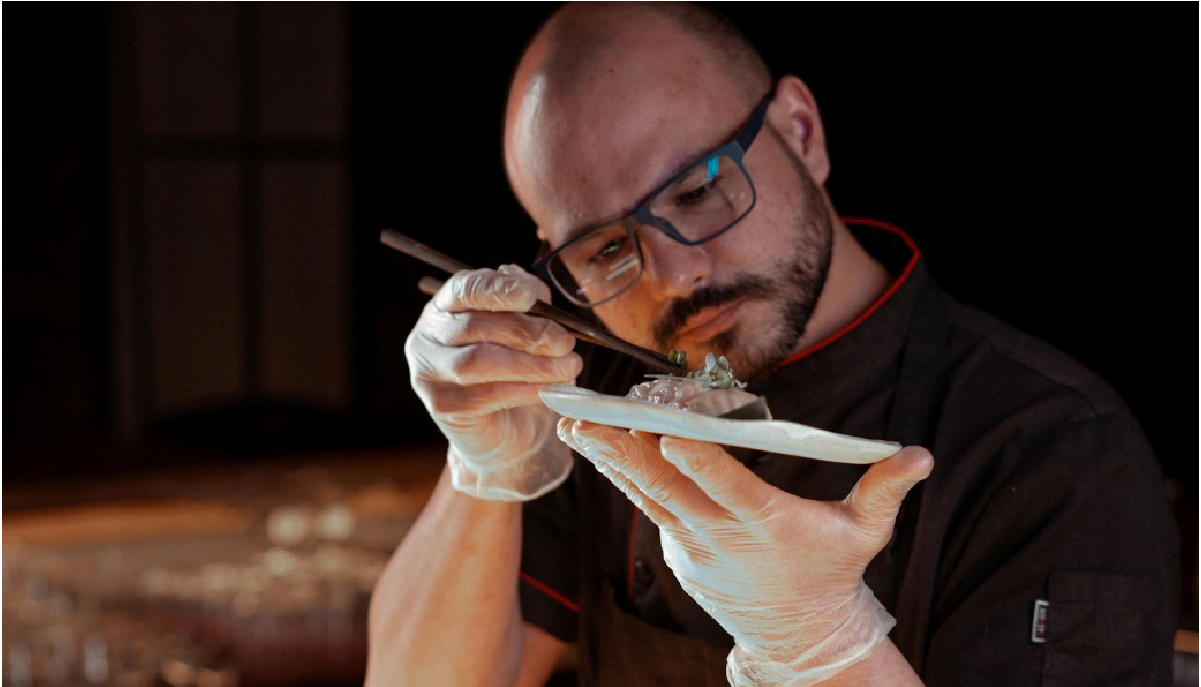 Plating isn’t just about putting food on a plate — it’s about transforming a well-prepared dish into a visual masterpiece. The way a dish looks can set the stage for the entire dining experience, making it just as important as the taste and aroma. These are what students in culinary arts course would learn.
Plating isn’t just about putting food on a plate — it’s about transforming a well-prepared dish into a visual masterpiece. The way a dish looks can set the stage for the entire dining experience, making it just as important as the taste and aroma. These are what students in culinary arts course would learn.
At Le Cordon Bleu Malaysia, students don’t just learn how to cook — they’re trained in various plating techniques that elevate their culinary presentations to professional standards. Whether you’re dreaming of becoming a top chef or just want to impress guests at your next dinner party, mastering these plating techniques is a must.
If you’re considering a culinary arts course or a diploma in culinary arts, getting hands-on with plating styles is a great way to start honing your skills — even during your free time.
1. Classic Plating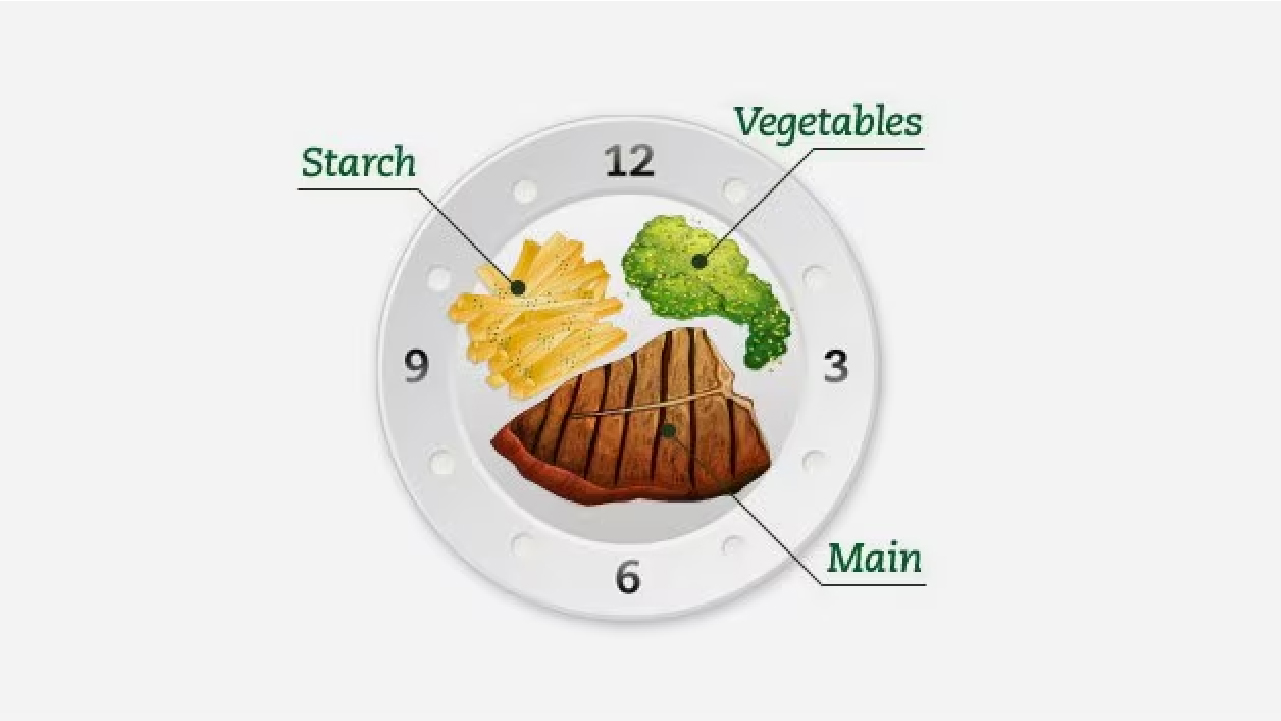
Image source: Unilever Food Solutions
Classic plating is all about balance and symmetry. It’s the timeless arrangement where protein, starch, and vegetables are neatly organised for a clean, traditional look.
This style often follows the “clock method”:
- Protein is placed at the centre or between 3 and 9 o’clock on the plate.
- Starches (like rice, potatoes, or pasta) are placed at 10 o’clock.
- Vegetables are arranged at 2 o’clock.
This method gives the plate a sense of structure, making it a staple in fine dining and formal settings.
2. Stacking Method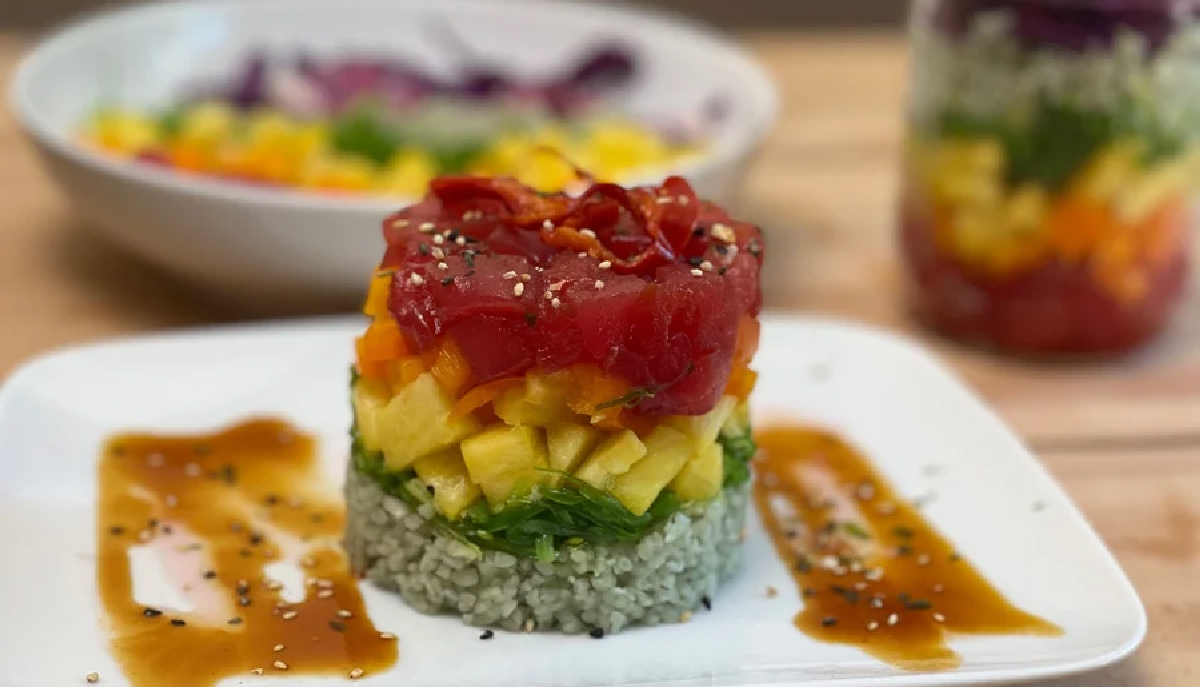
Image source: The Chopping Block
Want your dish to look more gourmet? The stacking method is the way to go. This technique builds dishes vertically, creating depth and height for a sophisticated feel.
Why it works:
- Adds dimension — Layers ingredients in a way that looks impressive.
- Keeps dishes warm — Stacking helps retain heat better than flat arrangements.
- Encourages balanced bites — Each forkful captures a bit of everything.
For example, a stacked seafood tower or steak layered with mashed potatoes and asparagus not only looks Insta-worthy but also ensures every bite is packed with flavour.
3. Minimalist Plating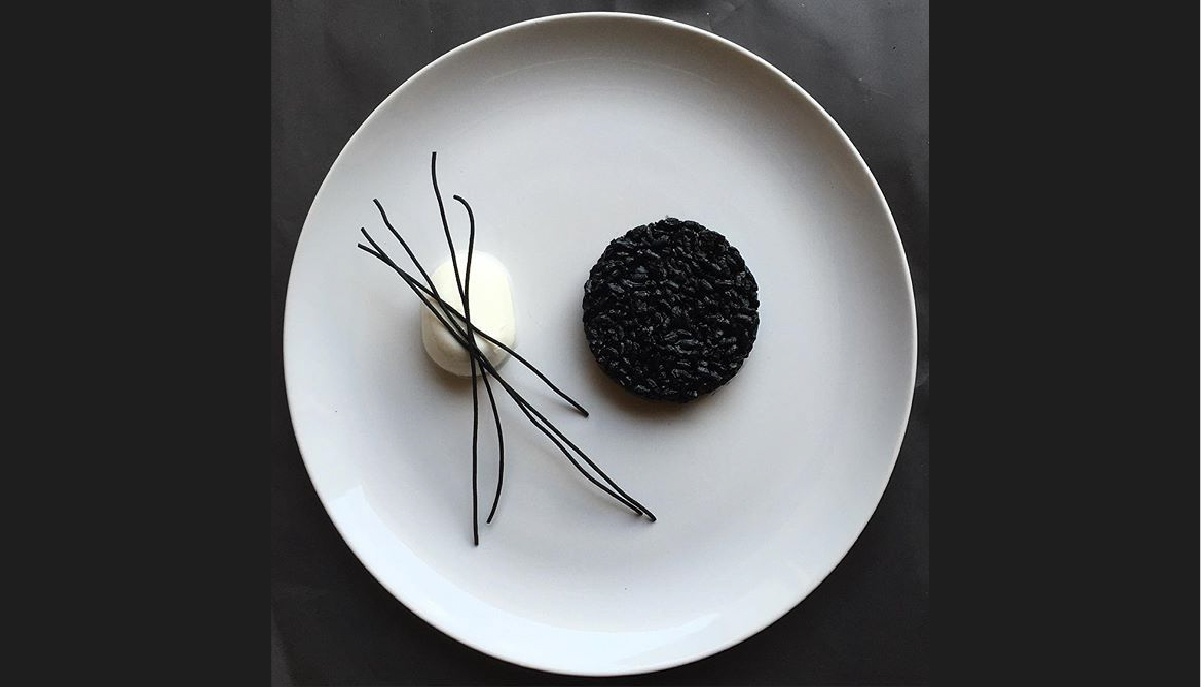
Image source: Instagram
Less is more with minimalist plating. This technique embraces simplicity and elegance, focusing on a few high-quality ingredients with a strong visual impact.
Key elements:
- Negative space — Empty areas on the plate highlight the main components.
- Clean lines — Each ingredient is placed with purpose and precision.
- Focus on quality — Every ingredient needs to shine.
This style is popular in modern fine dining and Japanese cuisine, where dishes like sashimi are presented with beauty in their simplicity.
4. Freeform Plating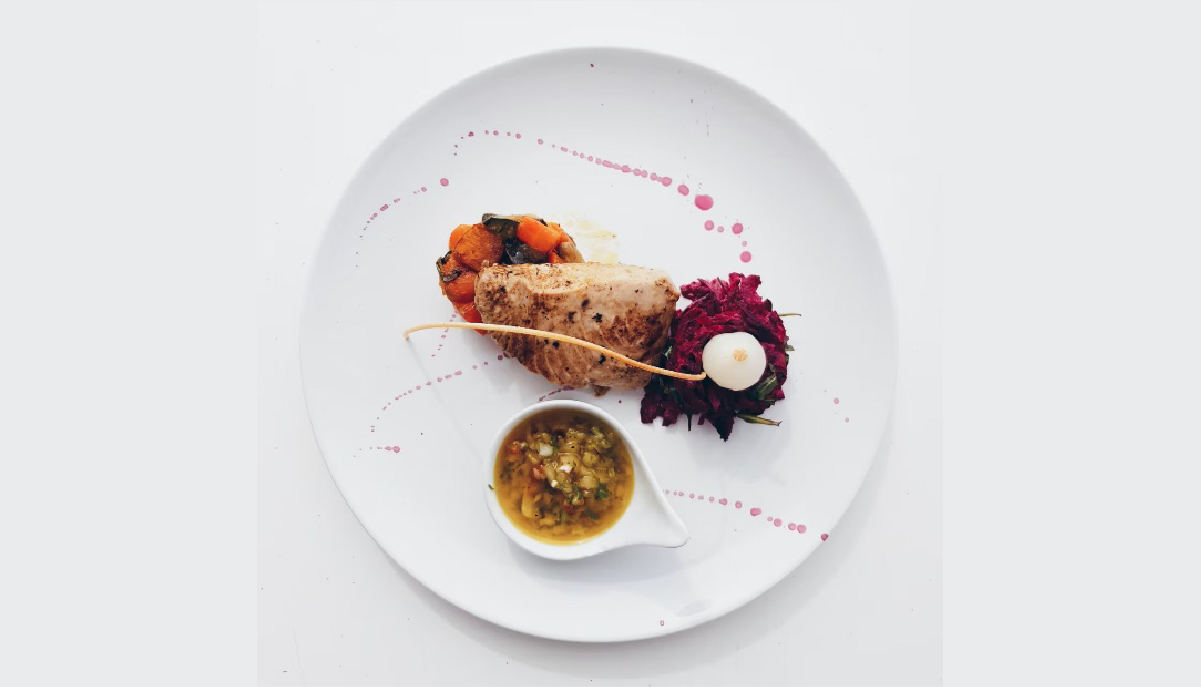
Image source: Unilever Food Solutions
If you’re feeling creative, freeform plating gives you the freedom to design outside the lines. It’s an artistic, no-rules approach where asymmetry and irregular shapes are encouraged.
This method works well for:
- Deconstructed dishes — Elements scattered across the plate create energy and movement.
- Textural variety — Crisp, smooth, crunchy, and soft components come together beautifully.
Imagine a dessert plate with pieces of cake, cream, fruit, and sauce artistically scattered — it’s an edible work of art.
5. Deconstructed Plating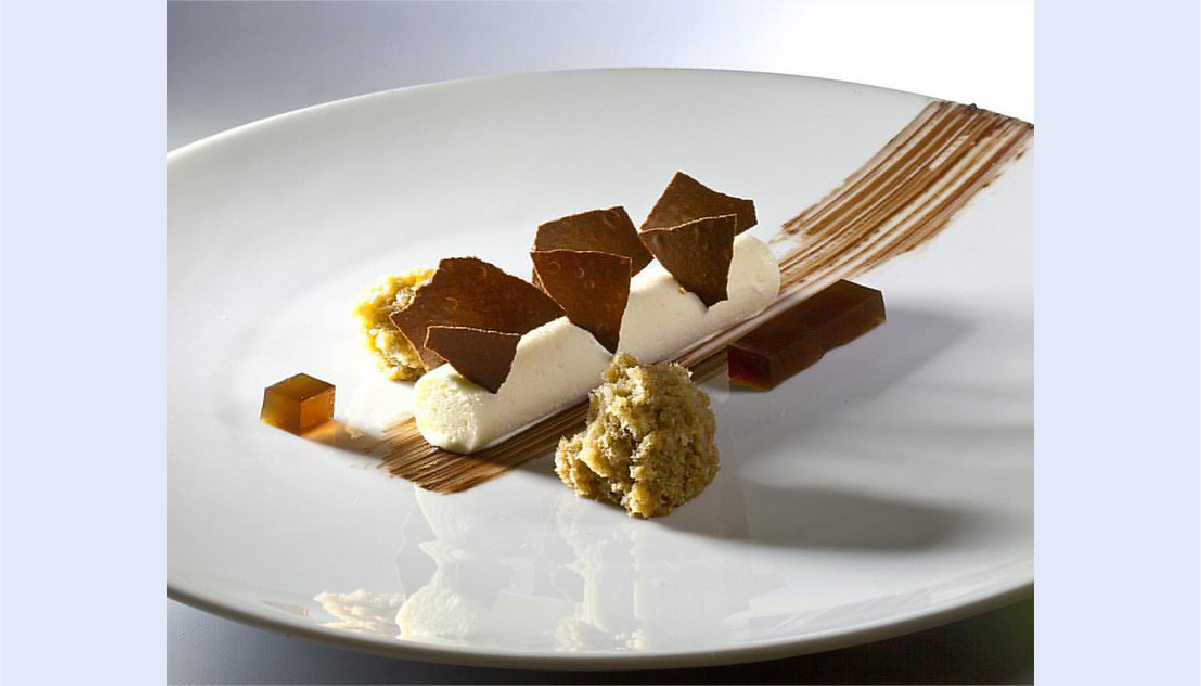
Image source: Flickr
Deconstructed plating breaks down a classic dish into its core ingredients, presenting them individually rather than combined. This style lets diners explore each component’s flavour on its own before mixing them.
For example:
- A burger deconstructed — patty, bun, cheese, sauce, and toppings are plated separately.
- A deconstructed tiramisu — mascarpone, coffee-soaked cake, cocoa dust, and chocolate shards displayed in unique elements.
It’s a go-to style in modern gastronomy and experimental dining experiences — perfect for showcasing creativity and technique.
6. Circular Plating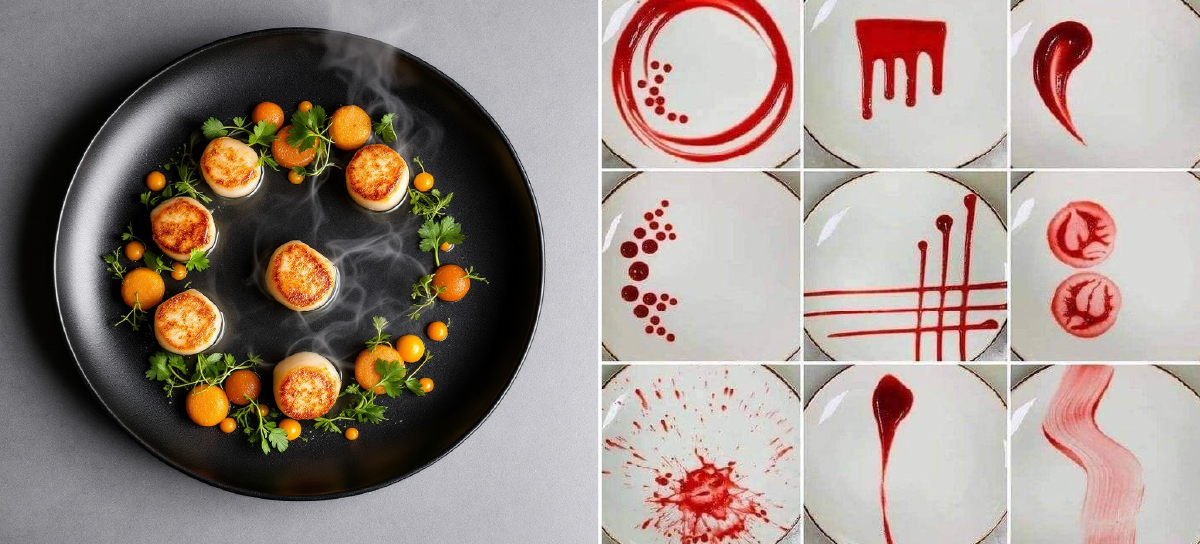
Image source: Stock Cake
For a sense of harmony and balance, circular plating arranges food in rounded, swirling shapes. This technique:
- Draws attention to the centre — The eye naturally focuses on the middle.
- Creates flow and symmetry — The circular layout feels complete and satisfying.
- Looks clean and inviting — Works well with pasta, risotto, or desserts.
Picture a perfectly seared scallop in the centre, with pea purée dots and microgreens forming a ring around it. Yummy and beautifully plated.
7. Nature-Inspired Plating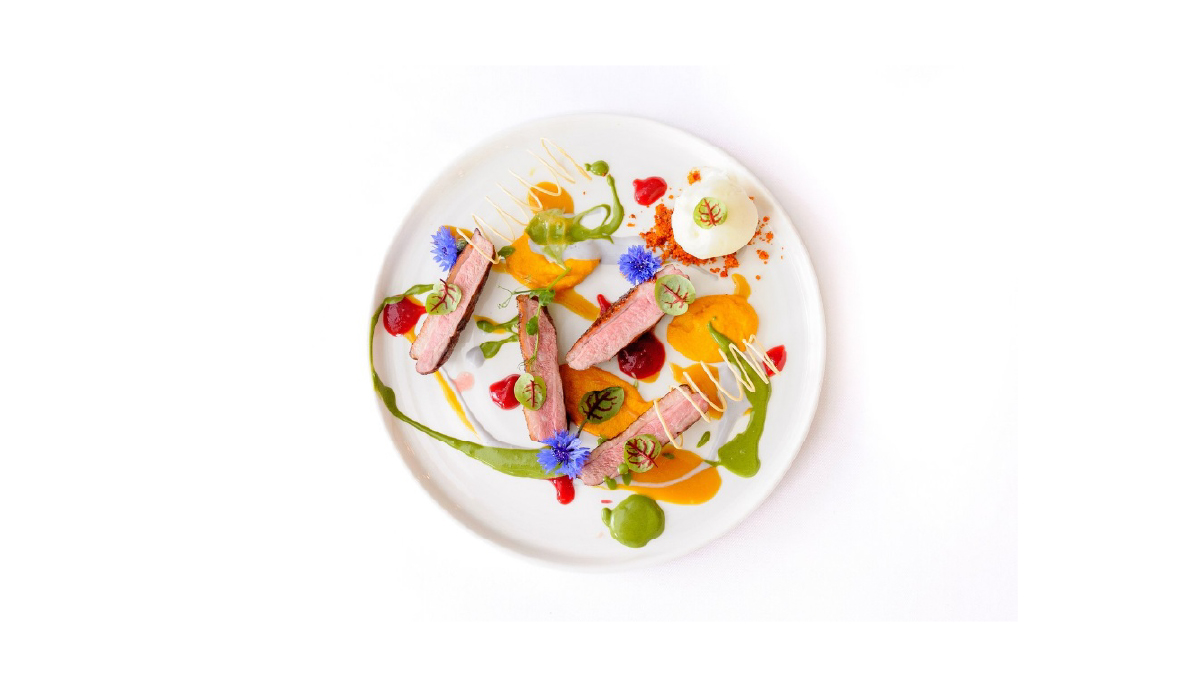
Image source: The Culinary Pro
Bring the beauty of the outdoors to the table! Nature-inspired plating mimics organic landscapes and earthy aesthetics.
Key elements include:
- Edible flowers, herbs, and microgreens — Add fresh, vibrant colour.
- Rustic arrangements — Asymmetry, wooden boards, stone plates, or earthy tones create a natural feel.
- Landscape effects — Think of plating that resembles a garden, river, or forest floor.
This style is popular in farm-to-table restaurants and sustainability-focused kitchens, giving dishes a fresh, immersive vibe.
8. Sauce Painting & Drizzling
Sauces don’t just add flavour — they’re part of the presentation too. Sauce artistry can turn an ordinary plate into a masterpiece.
Techniques include:
- Brushstrokes — Using a pastry brush for bold sweeps of sauce.
- Drizzling — Gently pouring sauce over the dish for a natural flow.
- Dotting — Small, uniform dots create patterns and contrast.
- Splattering — A playful flicking technique for bursts of colour and texture.
From a vibrant raspberry coulis swirl on a cheesecake to savoury reductions elegantly painted on a steak plate, sauce work can make a dish pop.
When Culinary Skill Meets Creativity
At Le Cordon Bleu Malaysia, students dive deep into professional plating methods while training in our culinary arts course and diploma in pastry and bakery. From classic French cuisine to modern gastronomy, you’ll learn how to create dishes that taste and look extraordinary.
Explore our programs today — whether you're interested in a diploma in culinary arts, pastry, or baking, we've got a course that’s perfect for you.
For more information, WhatsApp us at 019-305 2586 or email to malaysia@cordonbleu.edu.

 Plating isn’t just about putting food on a plate — it’s about transforming a well-prepared dish into a visual masterpiece. The way a dish looks can set the stage for the entire dining experience, making it just as important as the taste and aroma. These are what students in
Plating isn’t just about putting food on a plate — it’s about transforming a well-prepared dish into a visual masterpiece. The way a dish looks can set the stage for the entire dining experience, making it just as important as the taste and aroma. These are what students in 





